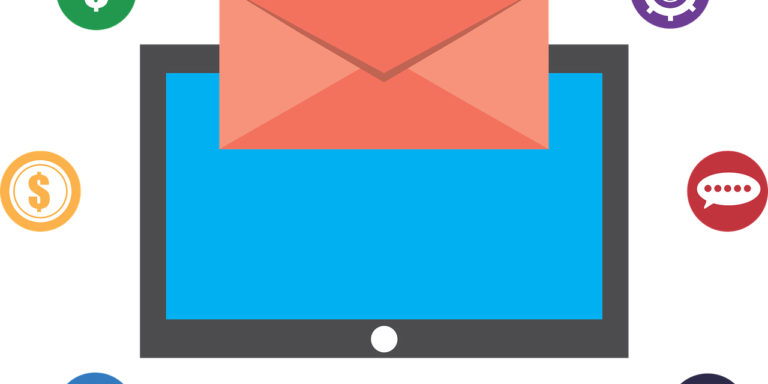AI SALES SUMMIT - 2/26 & 2/27
Prepare to embark on a journey of innovation and growth at our highly anticipated annual virtual Sales 3.0 Conference, AI Sales Summit.

Sign up Now

Two years ago, I would never have thought emails sell.
I was a skeptic. I never bought stuff when companies sent me emails, so why would anyone else?
But the more I ventured into copywriting – and immersed myself into email copywriting – the more I learned that millions of people buy from emails.
Winning Email Campaigns Anticipate Customer Objections
If you’re going to email your prospecting list to announce a new product or feature, for example, you need to know:
You need to understand the value of your product and show them why it’s the solution they’re looking for.
Any good marketing team should be able to craft an email welcome series that gets to know prospects and their concerns. (Personally, I use my welcome series to figure out if my prospects are business owners or freelancers. Why had they subscribed? What are they interested in? How can I help them? These questions frame my emails.)
Story-based Email Campaign Strategies
Emails that get opened and sell are story-based emails. Here are the basic elements of how to write story-based email.
1. Subject line.
Your prospects receive hundreds of emails each day, so your subject lines should instantly get their attention. It has to hook people.
Some strategies involve making your readers wonder what happens next. It could be benefit driven, with something as simple as “500-year-old secrets to driving more revenue.”
The point is, a subject line should immediately hook the reader and not look like a spam email. You can use this tool to analyze how engaging your subject line is.
2. Intriguing story.
Everybody loves a good story. And everybody loves a good emotional story that has a moral to it.
A good story will have people waiting to see how it ends. If you’re in sales, think in terms of your case studies or how existing customers have gotten value from your solution. Your story should show prospects what’s in it for them if they follow the same path. Use characters (for example, you and your customer), dialogue (such as what feedback customers have given you about your solution), and feelings (for example, how excited customers are now that they’ve partnered with you). Most of all, stories have a point to them; after each sentence, your email should anticipate and answer the question: “So what?”
3. Transition.
After you tell your story, it should segue to the point of why you wrote that story. Don’t tell a story without a point to it.
Transition to how it relates to your product or to your prospect. Talk about how that story is comparable to their situation and what they should do about it. Tell them exactly why you told them that story.
4. Offer.
The offer or call to action should be in every email sequence and campaign. You never know when people are ready to buy – and you never know when your emails might inspire someone to take action.
You want your subscribers to click on a link to your promotion or product. Maybe it’s to book a call so you can get them on the phone or register for an online demo.
Be specific about the benefits of what they get when they click on your offer. If applicable, mention the scarcity and exclusivity of what you’re offering.
Emails that generate millions are emails that know their subscribers’ fears and how to solve them. They know how to tell a story and captivate their audience.
Summary: Writing Amazing Sales Emails
One of my most successful campaigns was about creating a product launch for a language learning site –specifically, an Italian program that involved the customer being part of a private Facebook group, private lessons, as well as many other benefits. I was able to successfully convey the urgency of what it would be like if recipients didn’t feel like part of the Italian culture because they didn’t understand the language.
Understanding the value of email in your business and how to use it will only help you build better relationships with your subscribers.
Benjamin Watkins is an email copywriter and Facebook ad specialist for e-commerce businesses. Contact him at copywriter@benjamintwatkins.com.
Get the latest sales leadership insight, strategies, and best practices delivered weekly to your inbox.
Sign up NOW →